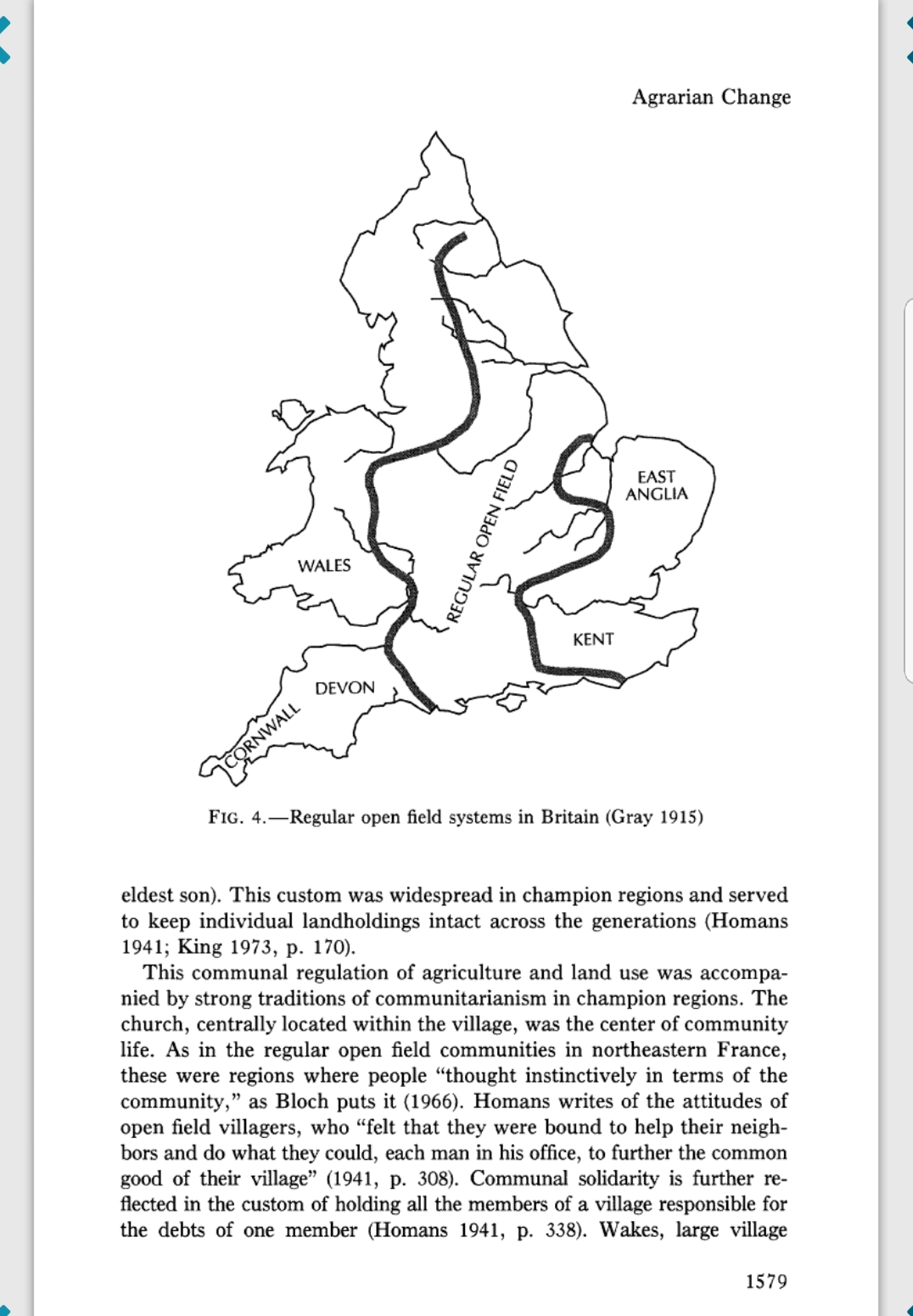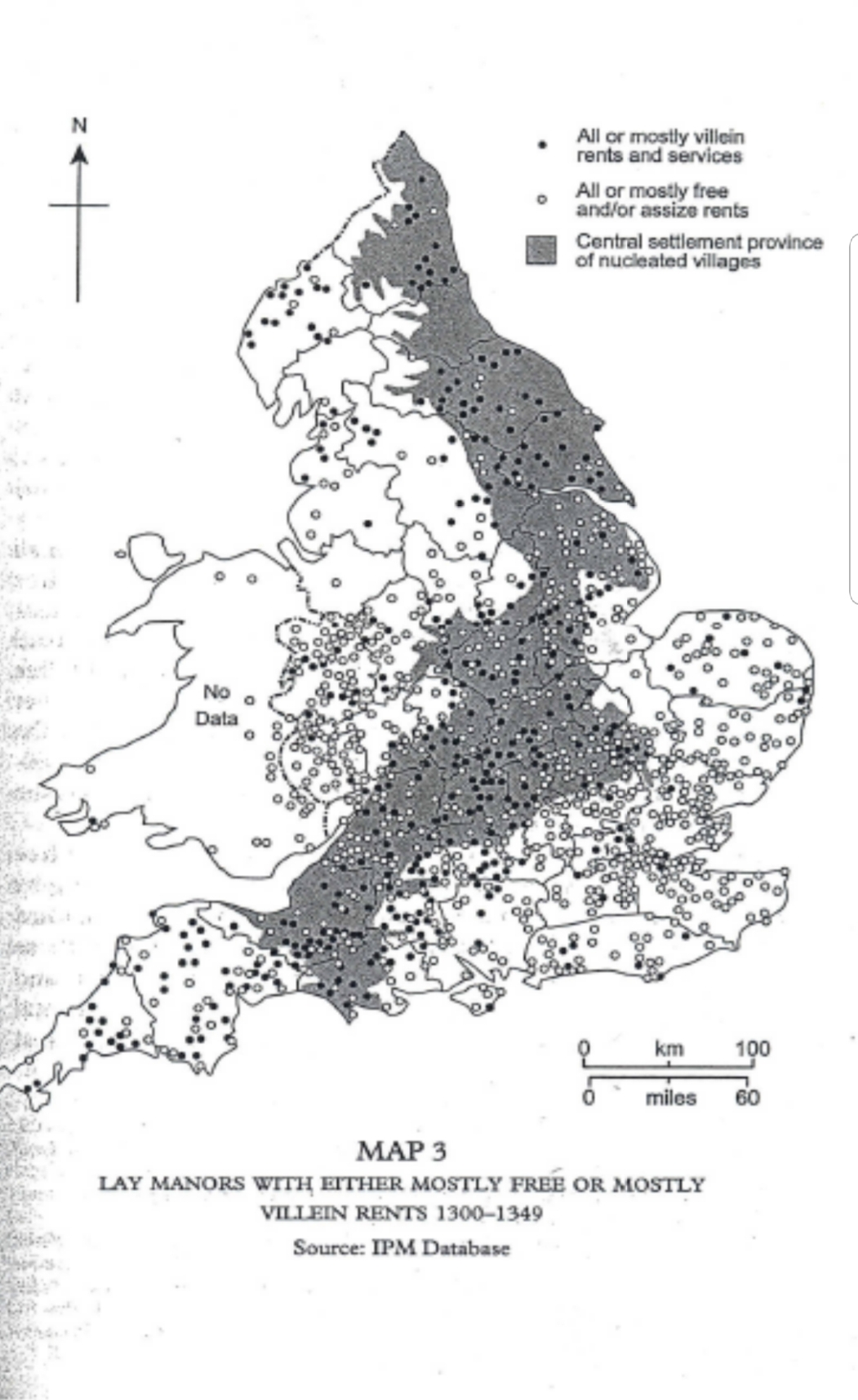I'm still very skeptical of the claim that English crop yields were better than those of Northern France. Wikipedia cites a source with this data: "On several manors in Sussex England, for example, the average yield for the years 1350–1399 was 4.34 seeds produced for each seed sown for wheat, 4.01 for barley, and 2.87 for oats." So that's pretty far off of 7-10 seeds.
I guess England had an advantage because compared to the rest of Northern Europe, it grew a lot of wheat, but it doesn't have particularly fertile soils and the English Agricultural Revolution doesn't start until the late 17th century.
So I don't think it's likely that their crop productivity would have been better than the rest of Europe at the start of the game.
I think we are slightly talking past each other. My post was about advancements in technique. I was not talking about the start of the game. Edit: I actually would favor the parts of England that were enclosed and had a high percentage of rural peasant ownership having higher yields.
I have read that the backwards reputation for France was overstated in parts of the north. Particularly around and north of Paris.
I buy into the theory that English techniques began to change sooner than the late 17th century. Convertible husbandry and other mixed uses with livestock began much sooner than that. Parts of England (southeast coast) actually had enclosed fields from the start of the game period. And after the Black Death, some landlords struggling to find peasants to work the land abandoned agrarian farming in favor of pastoral (because of the high value of wool), which resulted in more areas having an increased percentage of farms enclosed. That would have provided more opportunities for mixed use agriculture. https://en.wikipedia.org/wiki/Convertible_husbandry#:~:text=Convertible husbandry was a process,the form of animal manure.
Last edited:



